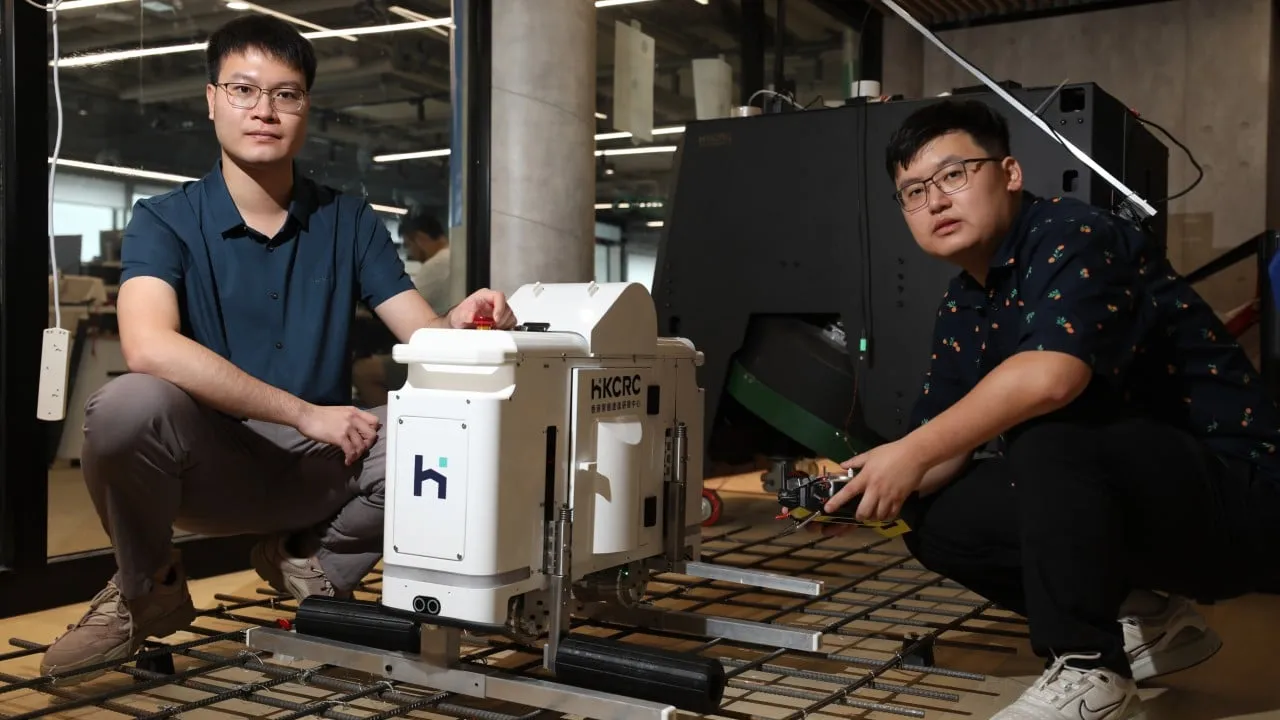Hong Kong's Construction Industry Faces Manpower Shortage with Innovative Robot Solutions

Hong Kong's Construction Industry Challenges
The Communist Party’s third plenum in July set the country’s long-term direction on economic policy, focusing on strategic industries like AI and biomedicine. Traditional enterprises are encouraged to embrace technology. This article explores innovations by up-and-coming Hong Kong scientists molding the future of construction, featuring a groundbreaking robot designed to alleviate the labor shortage.
Innovative Solutions from Hong Kong University of Science and Technology
Experts at the Hong Kong University of Science and Technology (HKUST) have developed a revolutionary robot capable of tying steel reinforcement bars, known as rebar, easing the burden on construction workers.
- The robot performs tasks at a speed two to three times faster than human workers.
- It is designed to navigate and tie rebar automatically, significantly improving efficiency.
- Its development was motivated by a notable drop in Hong Kong’s working population and a growing labor crunch.
With the average salary for a rebar tying worker reaching HK$37,800 (US$4,850), the working conditions remain arduous.
Addressing Workforce Decline
From 2018 to 2022, Hong Kong's workforce decreased by 6%, leaving construction companies struggling to hire. Reports estimate a potential labor shortage of 40,000 skilled workers by 2027, prompting innovations like this robot.
The Future of Robotics in Hong Kong
Hong Kong’s construction robots not only aim to supplement human labor but transform the industry altogether. The HKUST team’s vision extends beyond local markets to regions like Singapore and Saudi Arabia.
- Robots are equipped with safety sensors to ensure safe operations on construction sites.
- The machine learns through AI, adapting to various job site conditions.
- It is a tool that complements, rather than replaces, the human workforce.
As the construction industry evolves with technology, the hope is that robots will enhance worker conditions and productivity, setting an example for other sectors.
This article was prepared using information from open sources in accordance with the principles of Ethical Policy. The editorial team is not responsible for absolute accuracy, as it relies on data from the sources referenced.